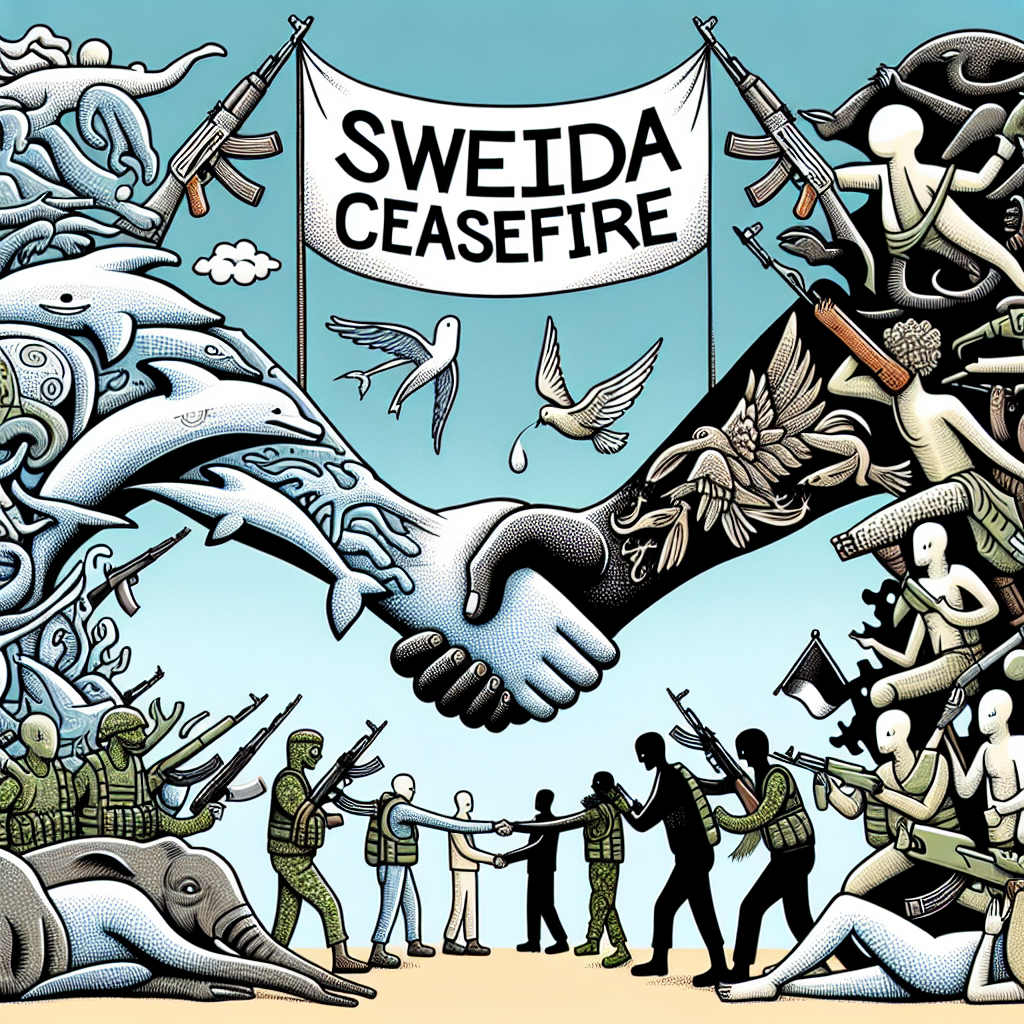Ceasefire Diplomacy: Thailand and Cambodia's Path to Peace
Thailand and Cambodia have agreed to a ceasefire following five days of intense conflict. Military commanders met to uphold peace and facilitate the return of displaced residents. International involvement, including from the U.S. and China, was crucial in the peace talks, reflecting broader geopolitical interests.

Military commanders from Thailand and Cambodia met on Tuesday, signaling a return to calm at their volatile border. Displaced residents are starting to return, after a ceasefire was announced by the two nations to end a deadly five-day conflict. Leaders from both countries had come to an agreement during talks in Malaysia on Monday.
The skirmish, which led to the death of at least 40 people and displaced 300,000, saw initial claims of ceasefire violations by Thai military, though Cambodia denied the accusations. Nonetheless, military leaders engaged in discussions to uphold the truce, pledging to prevent further troop movement and ensure the return of casualties.
As life begins to resume on the border, international observers are being called upon to monitor the fragile ceasefire. The United States and China played pivotal roles in facilitating the talks, tying peace efforts to trade negotiations. Meanwhile, residents, relieved by the ceasefire, are eager to return to their normal lives and businesses.
(With inputs from agencies.)
ALSO READ
Operation Sindoor: India's Strategic Triumph in Diplomacy and Defense
Nuclear Rhetoric: Kim Yo Jong's Dismissal of US Diplomacy
China's Youth Diplomacy: A New Chapter in Australia-China Relations
(Eds: Minor edit) PM Modi in Lok Sabha says Nehru knew of diplomacy that had no place for farmers; dubs Indus Water Treaty big blunder of Nehru.
PM Modi in Lok Sabha says Nehru knew of diplomacy that had no place for farmers; dubs Indus Water Treaty Nehru's biggest blunder.










